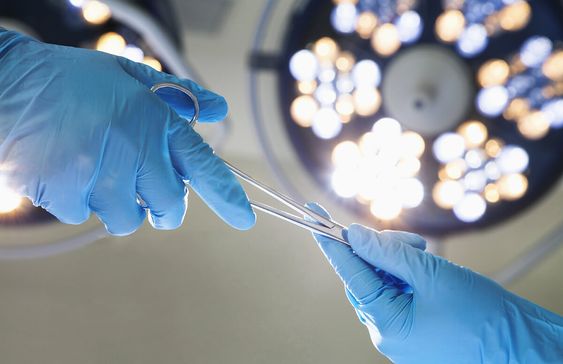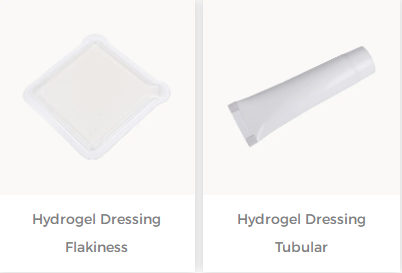Wound necrosis is mostly due to the death of active tissue cells caused by wound infection, trauma, or toxins. The necrotic tissue in the wound bed will hinder its healing and cause great damage to the body. This article will lead everyone to learn together How to avoid wound necrosis, please follow me to see below.
What is necrotic tissue?
A necrotic wound is an area of tissue loss that occurs after the death of its constituent cells. Usually dry, thick, tan, or black in color, once the area of tissue loses its vitality, dead tissue builds up, which can inhibit the rate at which the wound repairs. Often, the development of necrosis can be traced to the development of pathology or exposure to harmful physical or chemical damage.
What Causes Necrotizing Soft Tissue Infection?
Vascular occlusion leads to cell death in the tissue layers and results in skin necrosis, which provides an ideal environment for bacterial colonization. Certain bacteria that can survive well without oxygen can promote the formation of so-called gangrene. When a wound is open, bacteria can attack the wound, even a small one. Sometimes, a necrotizing infection can be caused by bacteria called strep, the same bacteria that cause strep throat. More commonly, however, necrotizing infections involve many different types of bacteria, including Enterococci, Staphylococcus aureus, Clostridium perfringens, anaerobes, and Gram-negative bacteria such as Escherichia coli.
What are the symptoms of a necrotizing soft tissue infection?
Common symptoms: the patient will have fever, red and swollen skin, an infection can be seen at the edge of the wound and accompanied by pain, the wound will flow out a foul-smelling liquid, and the skin around the wound will be very hot and the skin feels numb. These symptoms all indicate that the wound has necrosis Soft tissue infection, as it may not seem particularly serious at first. But these infections can spread quickly if left untreated.
How to prevent wound tissue necrosis?
1. Carefully clean the wound and keep the wound clean.
2. Wash your hands often.
3. dressing regularly.
How are necrotic wounds treated?
1. Necrosis removal - debridement
Necrotic tissue on the wound can hinder wound healing, especially the closed necrotic flap, especially the black plaque on the wound, the risk of infection is particularly high. Left untreated, they can spread through the deeper tissues to the bone. Therefore, the wound must be debrided first.
2. Use functional dressings:
Wet necrotic wounds:
After debridement of the wounds, some wounds will have sinuses. At this time, Alginate Dressing can be used. It has a strong ability to absorb liquid. When it comes into contact with wound exudate, it forms algae through ion exchange sodium nitrite, after absorbing the exudate, it swells and acts like a gel. The gel helps create a moist environment for wound healing and can be completely peeled off without leaving fibers on the wound surface. Alginate Dressing releases calcium ions into the wound, and induces platelet activation and production of blood growth factors, thereby stopping bleeding and accelerating wound healing. The barrier function of dressings to adsorb and block bacteria enhances wound defense against pathogenic microorganisms by stimulating the activation of wound macrophages.
Dry necrotic wounds:
After debridement of the wounds, wounds that are necrotic due to lack of blood supply to the wound, keep the wound moist to prevent dehydration and dryness of the wound, use Hydrogel Dressing to keep the wound moist, hydrogel for gentle removal Necrotic deposits, the hydrogel hydrates the necrotic tissue. Never use saline soaks, as this disturbs the electrolyte balance in the tissues and the surrounding skin becomes soft and inflamed, making it more difficult for wounds to heal.
Infection Control :
Silver Ion Dressing is available, which releases a steady amount of silver into the wound and provides antimicrobial benefits, reducing bacterial load, inhibiting exudate, and speeding wound healing.
For more information on Innomed® hydrogel dressing, refer to the previous articles. If you have customized needs, you are welcome to contact us; we will serve you wholeheartedly.
At Longterm Medical, we transform this data by innovating and developing products that make life easier for those who need loving care.
Editor: kiki Jia
Date: January 28, 2023

 English
English عربى
عربى Español
Español русский
русский 中文简体
中文简体








